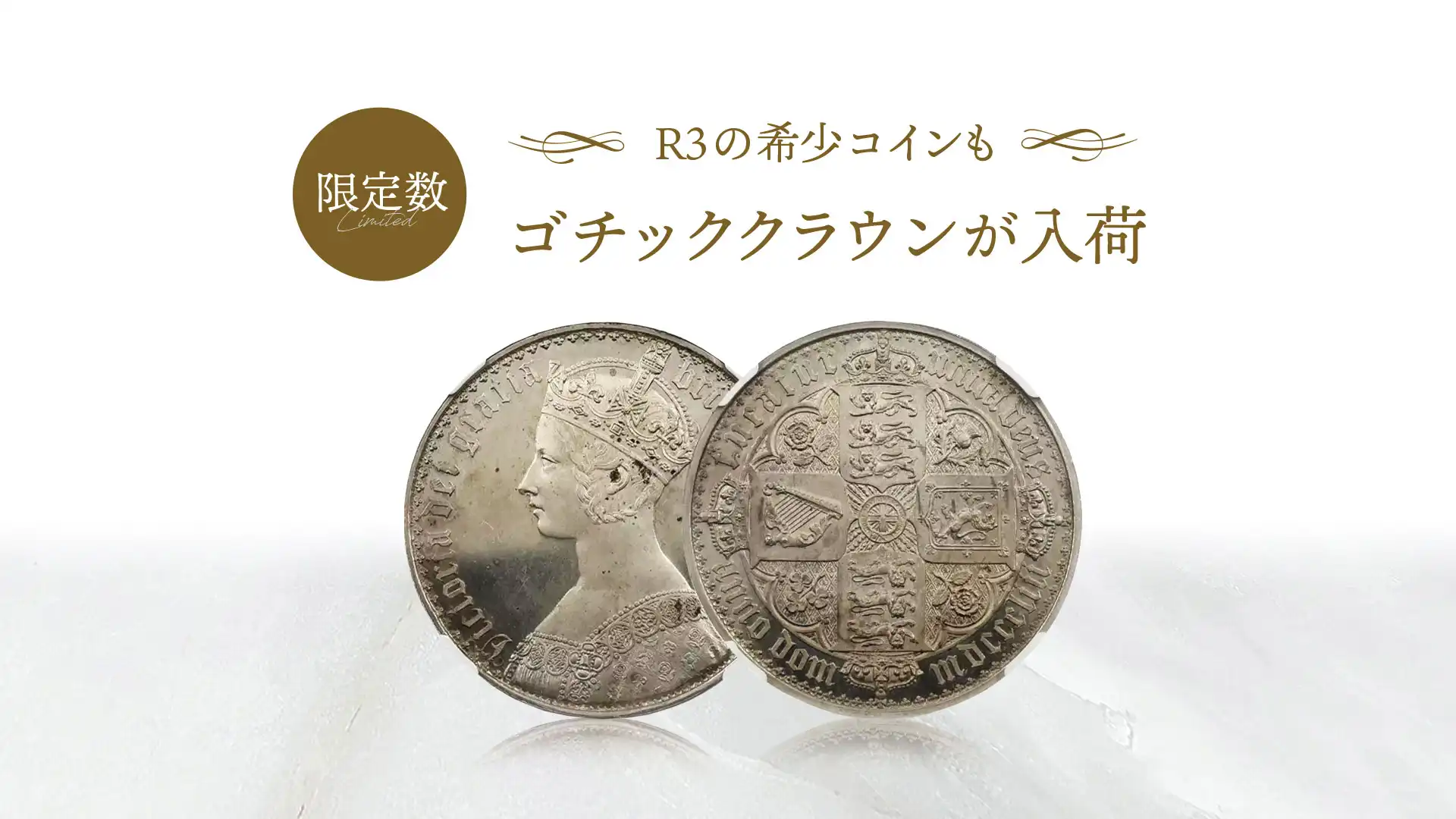The Hidden Narratives of the World’s First Coins
페이지 정보
작성자 XI 작성일25-11-08 16:20 (수정:25-11-08 16:20)관련링크
본문

Centuries before banknotes displayed national leaders or アンティークコイン emblems
the civilization of Lydia pioneered the earliest uniform coinage
they inscribed into metal the essence of their kingship, devotion, and selfhood
These small discs of electrum—a natural alloy of gold and silver
were not merely tools of trade
they became portable expressions of a culture’s deepest values
The earliest Lydian coins often bore simple punch marks
but as their minting techniques advanced, so too did their imagery
Images of lions—representing kingly power—started to dominate the surface
staring boldly from the surface as if guarding the value within
Every motif was chosen with ritual significance
the lion symbolized the divine mandate of Lydian kings
especially the Great Mother Cybele, whose sacred companions were lions
The coin became a sacred object
a tangible manifestation of god-given rule
Traders from distant lands came to rely on them
not merely due to their consistent mass
but due to the enduring credibility of a state synonymous with stability and lawful authority
Even the choice of electrum reflected cultural priorities
Rather than pursuing refined bullion
they favored the naturally occurring electrum sourced from their own riverbeds
elevating a native material into an emblem of ancestral heritage
As networks of exchange widened, they reached far-flung civilizations
carrying with them not just economic value but cultural meaning
An Athenian trader may have known no Lydian words
the lion’s presence signaled its legitimacy and source
In this way, Lydian coins became early ambassadors of culture
softly recounting tales of rule, the sacred, and artisan mastery to every holder
They offered the earliest evidence that currency could transcend transaction
it could convey identity, belief, and the enduring legacy of a people
댓글목록
등록된 댓글이 없습니다.

